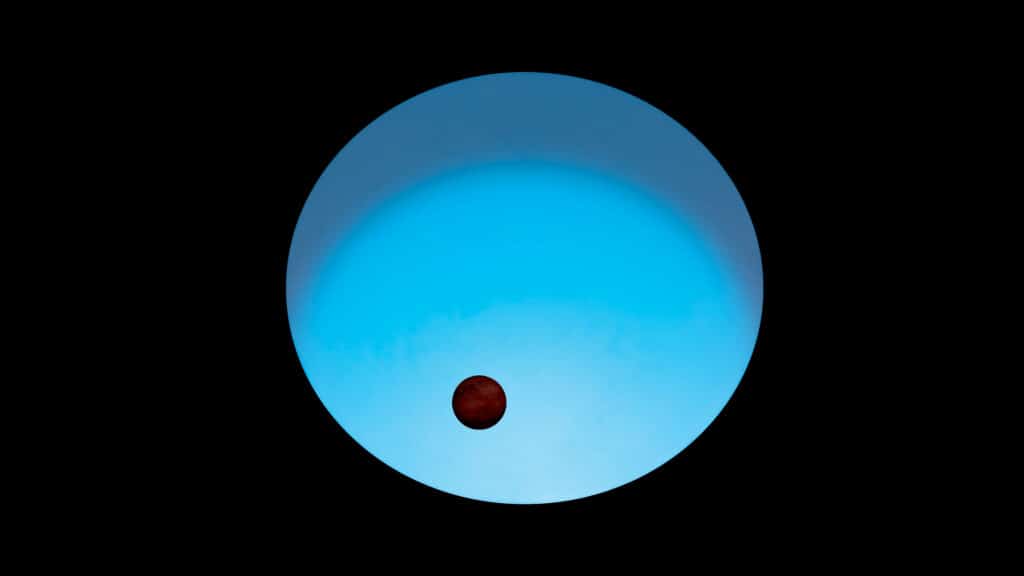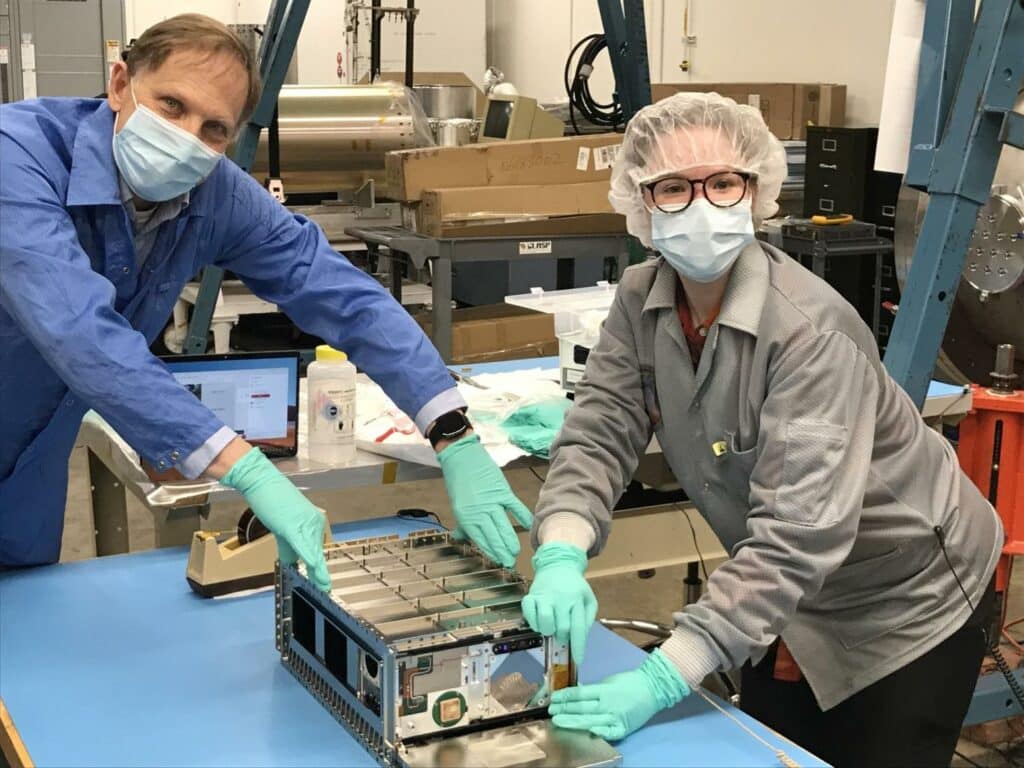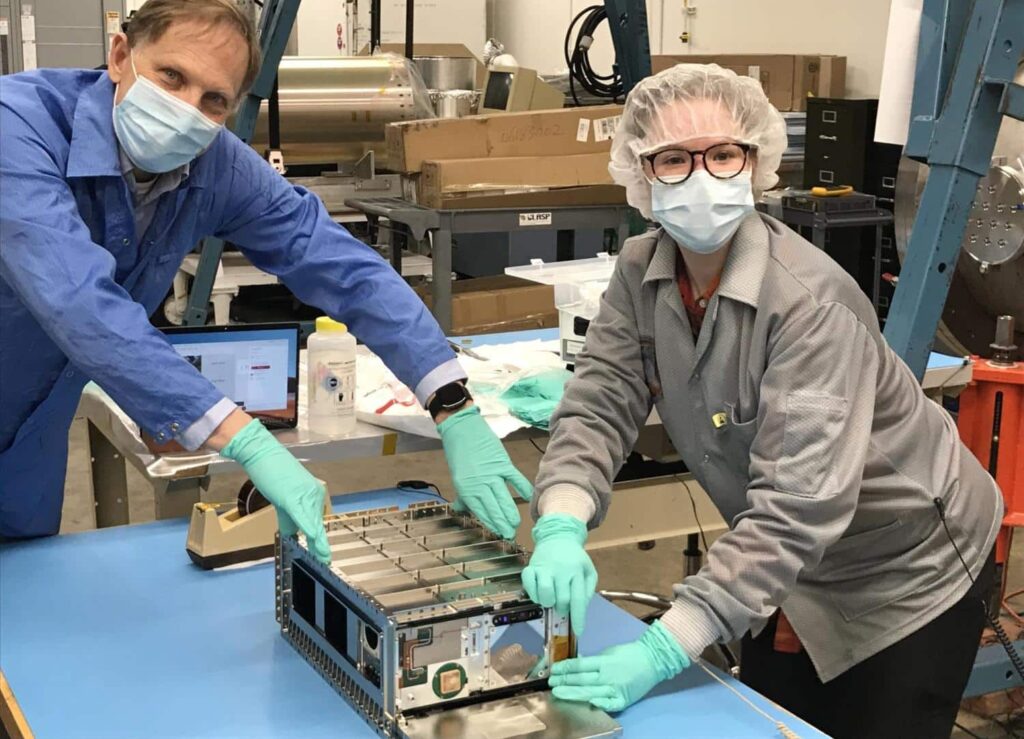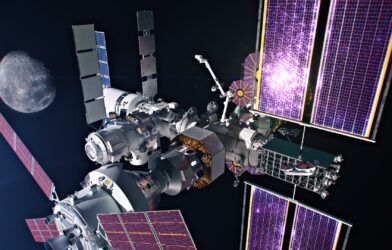A NASA spacecraft the size of a cereal box is unveiling mysteries about distant “hot Jupiter” planets, according to new research. The Colorado Ultraviolet Transit Experiment (CUTE) has been observing these swollen, intensely hot gas giants that orbit close to their stars. The early findings reveal that some of these worlds seem to be losing their atmospheres at an extreme rate, while others appear nearly unaffected.
Hot Jupiters, similar in composition to our own Jupiter but much closer to their stars, completing a revolution in just a few Earth days. They are among the most extreme planets in our galaxy, subjected to intense stellar radiation, thus causing their atmospheres to swell and heat up to thousands of degrees Fahrenheit. Some reach temperatures of 15,000°F, far hotter than the Sun’s surface. The intense radiation is thought to blast away the atmospheres from these planets over time.
“The planets seem to be coming in all of the flavors,” says Dr. Kevin France, lead researcher of the mission and associate professor at the University of Colorado Boulder, in a statement. “We want to understand how our solar system fits into the family of solar systems in the universe.”
CUTE aims to study this atmospheric escape process by precisely measuring drops in ultraviolet light as planets pass in front of their stars. Since its 2021 launch, CUTE has observed seven hot Jupiters hundreds of light-years from Earth. The early results have revealed a puzzling diversity. “CUTE’s observations are the first of their kind, and they’re challenging our understanding of how these distant worlds behave,” says France.

Some planets like WASP-189b show rapid atmospheric loss – nearly 900 million pounds of gas per second. France and his team believe that the differences in atmospheric loss could be linked to a planet’s size and the activity level of its star. This process could also explain phenomena within our own solar system, like Mars’s thin atmosphere, and the emergence of “super Earths,” planets slightly larger than Earth with potentially thin atmospheres.
“There’s a lot of evidence that suggests that super-Earths begin as planets the size of Neptune with large, puffy atmospheres, which then lose so much mass that all that is left is the rocky core and possibly a thin atmosphere,” says Dr. France.
CUTE has also faced challenges, such as an uncooperative telescope shutter early in the mission. But the team found innovative solutions, like draining power from the shutter. “CUTE is still working today and collecting data. When we got our first science results, it was really exciting,” adds Dr. France.
CUTE’s $5.8 mission is far from over. It provides invaluable experience for students involved in building, operating, and analyzing data from the spacecraft. Orbiting approximately 326 miles above Earth, it is set to reenter the atmosphere by 2027. Until then, it will continue to unveil the secrets of hot Jupiters and their roles in the cosmic tapestry of the universe.













